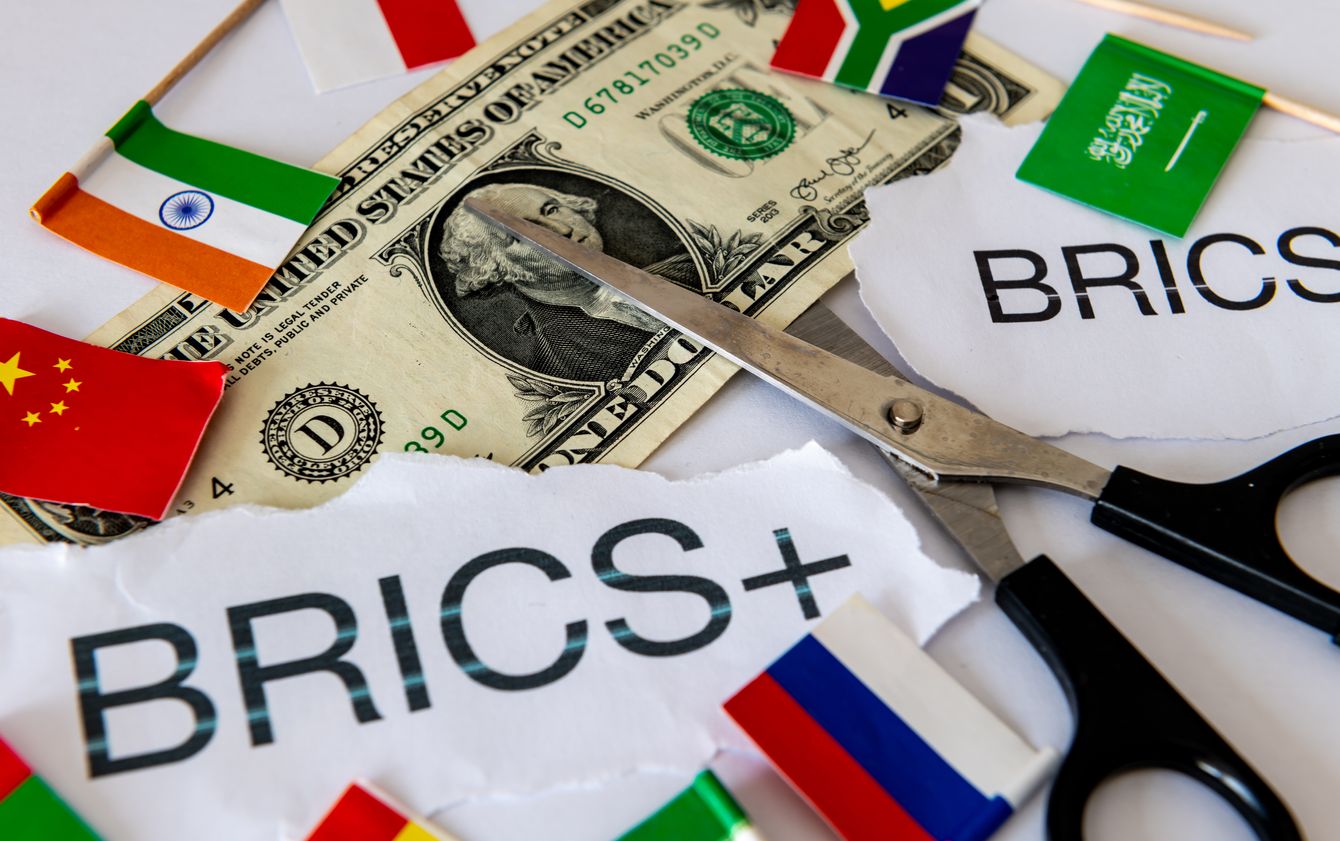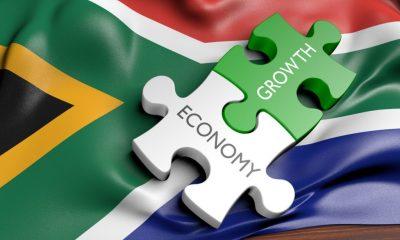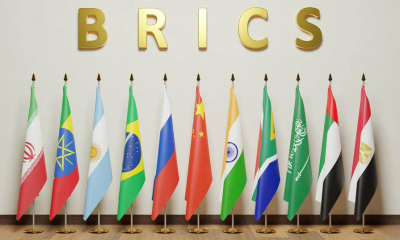411
BRICS Pay and the Shift Towards a New Global Payment System

The recent expansion of BRICS, now comprising Brazil, Russia, India, China, South Africa, Egypt, Ethiopia, Iran, and the UAE, has sparked growing concerns about the future of the US dollar as the dominant currency in global trade. At the 16th BRICS summit in Kazan, Russia, in October 2024, the bloc made significant strides towards challenging Western economic systems, particularly with the promotion of BRICS Pay – a new initiative aimed at bypassing the US dollar in international transactions.
BRICS Pay: The US Dollar Alternative
BRICS Pay is a decentralized payment system designed to reduce the bloc’s dependence on the SWIFT network, which has long been the global standard for bank transactions, largely in US dollars. By leveraging blockchain technology, BRICS Pay seeks to enable transactions among BRICS countries without requiring conversion to US dollars, thereby reducing transaction costs and enhancing efficiency. This initiative is seen as a direct challenge to the US-centric financial infrastructure.
The exclusion of several Russian banks from SWIFT following Russia’s invasion of Ukraine has accelerated the Kremlin’s push to create an alternative financial system, further fueling the development of BRICS Pay. This move is also seen as a way to shield BRICS members from Western sanctions, offering a potential means of safeguarding their economies and reducing their exposure to geopolitical risks.
Economic Power Shift: BRICS vs. G7
BRICS represents nearly 45% of the global population and 35% of global GDP, based on purchasing power parity, compared to the G7’s 10% of the population and 30% of GDP. As the BRICS bloc expands and strengthens its internal trade ties, its influence in global economic affairs continues to grow. However, while China is the dominant economic force within BRICS, trade relations among the founding members remain relatively modest.
Despite these complexities, the potential for BRICS to assert greater economic influence is undeniable. By pushing forward with BRICS Pay and other initiatives, the bloc is seeking to reduce its reliance on the US dollar and create a more balanced global trade environment.
Challenges to De-Dollarisation
Although the BRICS Pay initiative has significant potential, de-dollarisation on a large scale presents substantial challenges. The US dollar remains the most widely used currency in international trade, and many BRICS countries continue to hold substantial US dollar reserves. Shifting away from the dollar would require overcoming significant economic and political hurdles, especially given the diverse interests of BRICS members.
Michael Diaz, Global Managing Partner of Diaz, Reus & Targ, points out that achieving a unified currency or payment system within BRICS could prove difficult due to the differing national interests and security concerns of member states. Despite these challenges, the ongoing efforts of BRICS to establish alternative financial systems mark a critical step toward a multipolar global economy.
Geopolitical Implications: The Future of Global Trade
The rise of BRICS Pay signals a broader shift in the global economic landscape, as countries seek alternatives to the US-dominated financial system. This movement could lead to a more fragmented international trade environment, with competing blocs emerging. The G7’s reliance on the US dollar and its control over the SWIFT network may be increasingly questioned as BRICS moves toward a new economic order.
Ramesh Vaidyanathan, Managing Partner at BTG Advaya, emphasizes that BRICS Pay represents a significant step in reducing the dominance of the US dollar and could spark increased competition between Western and Eastern economic models. While the initiative is still in its early stages, its long-term implications for global trade and the geopolitical balance of power cannot be ignored.
Polarisation or Cooperation?
As BRICS takes on a more assertive role in global trade, the bloc faces the challenge of balancing internal cooperation with external relations. With Brazil assuming the presidency of BRICS in 2025, there are expectations of greater cooperation among members. However, this could also lead to increased tensions with Western liberal economies, particularly the US, as trade policies within BRICS evolve.
The potential for heightened scrutiny and sanctions on countries aligning with Iran, Russia, or China could further polarize global trade relations. However, despite the challenges ahead, BRICS’ efforts to create a more balanced global economic system are undeniably reshaping the landscape of international trade.
BRICS Pay is poised to transform the global payment system, offering an alternative to the US dollar and the SWIFT network. While there are significant challenges to de-dollarisation, the growing influence of BRICS in global trade and its expanding membership could shift the balance of power in the coming years. As the world watches, the G7 may face increasing competition from this emerging multipolar economic order.
Follow Joburg ETC on Facebook, Twitter , TikTok and Instagram
For more News in Johannesburg, visit joburgetc.com



























